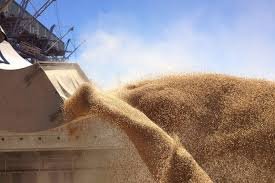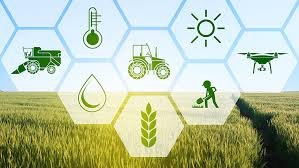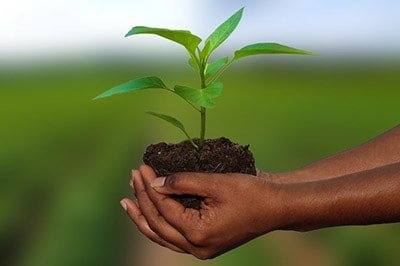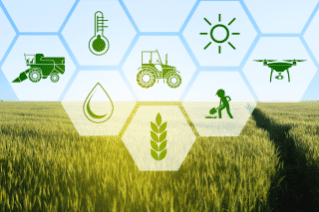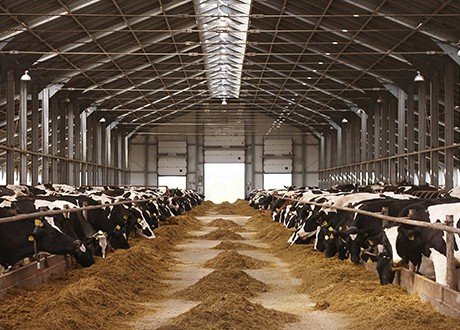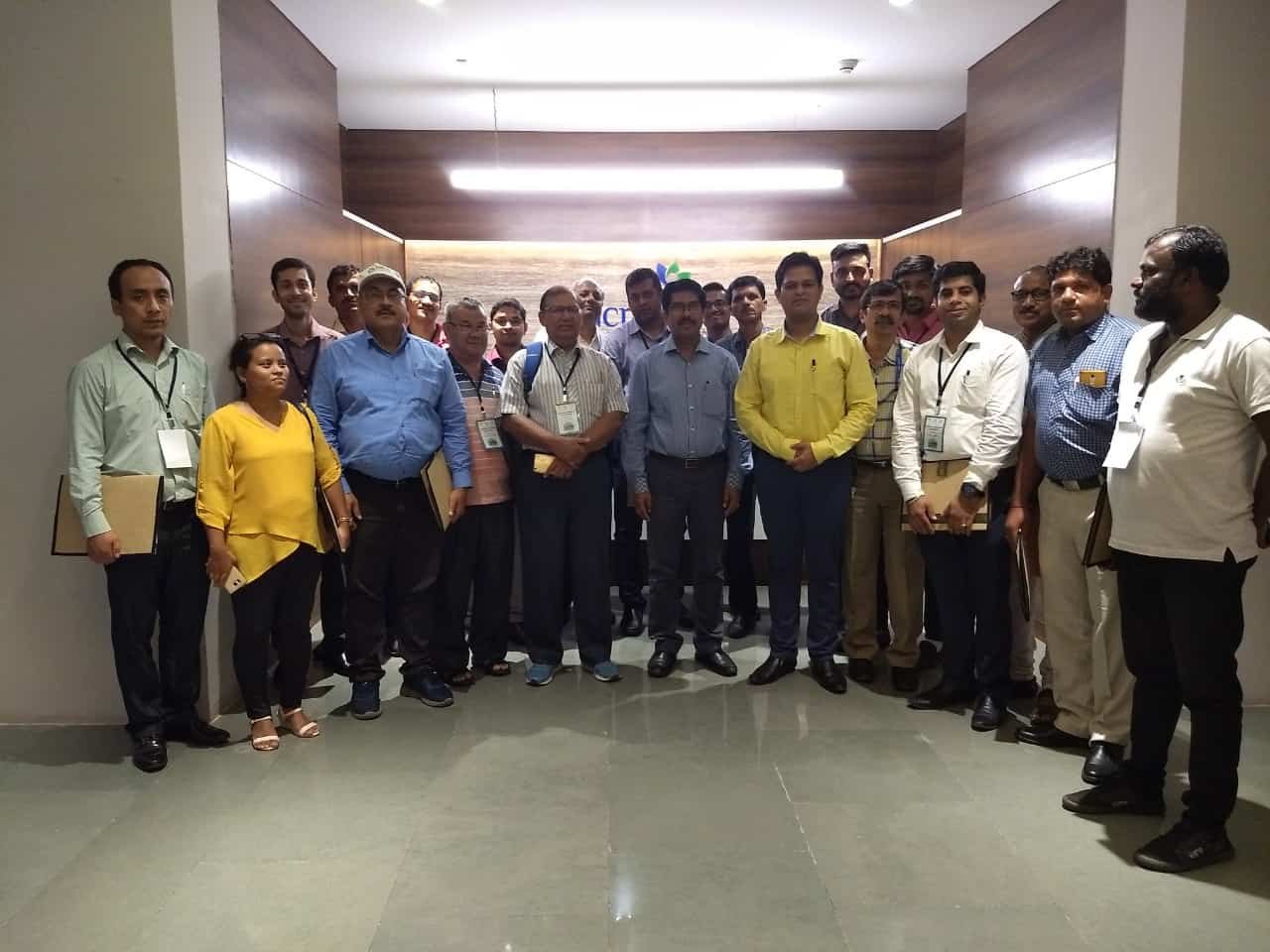GM technology in India was caught in a difficult situation as there has not been a fresh approval to GM crops since 2005. The current regulatory stalemate has resulted due to the moratorium on Bt brinjal in 2010 and GM mustard on hold since 2017.
A virtual International Conference was conducted by Federation of Seed Industry of India (FSII), Alliance for Agri Innovation and University of Agricultural Sciences, Bangalore on the topic ‘Current Scenario & Path forward for GM crops in India’. It saw discussions on how new technologies can address the problems of food insecurity, biotic and abiotic stresses, reducing expenses on crop inputs and hurdles in allowing the genetically modified (GM) crops for commercial release. More than 500 participants who joined the conference included scientists, researchers, biosafety regulators, government officials, students, academicians and the general public. The speakers and audiences during the discussion pointed out that scientific data-based scrutiny of the GM technology is required and there is a need for public awareness to clear speculations about the technology.
Dr S Rajendra Prasad, Vice Chancellor, Bangalore-based University of Agricultural Sciences (UAS), said, “GM crops benefitted India and the world tremendously and there has not been a single proven evidence of ill- effects of biotech crops in human or animal health. WHO, FAO, OECD have talked about the biosafety of GM crops. The success of Bt Cotton needs to be seen in soyabean, groundnut and mustard where yields are stagnant now.”
Ram Kaundinya, Director General, Federation of Seed Industry of India (FSII) said, “GM technology in India was caught in a difficult situation as there has not been a fresh approval to GM crops since 2005. The current regulatory stalemate has resulted due to the moratorium on Bt brinjal in 2010 and GM mustard on hold since 2017. Questions are raised about safety, regulatory process, seed sovereignty and many imaginary problems by various people who may or may not be connected to agriculture and activism have led to a stalemate. But, fortunately, farmers are positive and have been asking for this technology as it is evident from their demand for Bt Brinjal, HT Cotton and other technologies, which will be very critical for their success and competitiveness in the international market. It is time that regulators along with scientists speak of the efficacy of these technologies so that decisions are not based on speculations.”
Dr C S Prakash, Dean and Professor (Plant Genetics, Genomics and Biotechnology), Tuskegee University, said, “Humans have been modifying crops for thousands of years. We have taken wild plants from our ecosystem, collected by hunters-gatherers and started cultivating, selecting and modifying them to start agriculture. In Mexico and Central America, the wild ancestor of maize was selected and modified over four thousand years and transformed into the incredible maize plant that we see today. India has not introduced new traits or version of Bt cotton since 2005. India also developed Bt Brinjal but it did not approve it. Bangladesh approved it, planted it and has been very successful. It hurt Indian farmers badly, impacted agbiotech, scientific talent, investments and research pipeline.”
Expressing concerns over activism against GM technology, Dr S R Rao, former advisor to Department of Biotechnology, Government of India said, “Technology was progressing in leaps and bound. Regulations that started in 1975 are really doing well with improvements and development of better risk assessment capabilities in smallest of countries. Also, activists’ agenda is not based on scientific facts and is steadily growing. They keep quiet for some time and hit the technology whenever new document comes, new approval takes place.”
Dr Vibha Ahuja, Chief General Manager, Biotech Consortium, said, “There is a need of risk assessment of GM crops since they have novel or modified characteristics but the focus should be scientific. The focus of risk assessment should be probabilistic or maybe some hypothetical risk but not speculative ones. If there are uncertainties or inadequate data, it can be resolved through further studies. However, if decision is not taken, it is very discouraging scenario for all concerned.”
Dr Wayne Parrott, Program Director, Institute of Plant Breeding, Genetics & Genomics, University of Georgia, said, “The regulation across the world were in the state of a flux and most nations were in the process of defining and fine-tuning regulations. In the US, we have new administration. So, our regulation can change again. Different countries use different trigger points to decide if something is to be regulated or not. Both GMOs and genome editing is necessary, in future genome editing may replace GMOs.”
GM technology in India was caught in


